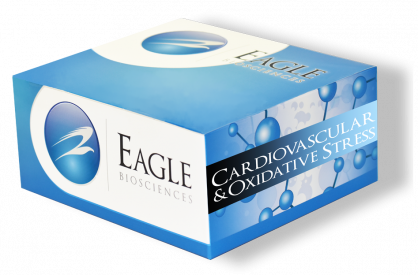Mouse IL-2 ELISA Assay
The Mouse IL-2 ELISA Assay is For Research Use Only
Size: 1×96 wells
Sensitivity: 7 pg/mL
Dynamic Range: 31.25 – 2000 pg/ml
Incubation Time: 3.5 hours
Sample Type: Serum, Plasma, Cell Culture
Sample Size: 100 µl
Alternative Names: Interleukin 2, T-cell growth factor
Assay Background
Interleukin 2 (IL-2) is a pleiotropic cytokine produced primarily by mitogen- or antigen-activated T lymphocytes. Human IL-2 (also known as T-cell growth factor) is produced by T-cells in response to antigenic or mitogenic stimulation. IL-2 is a potent lymphoid cell growth factor which exerts its biological activity primarily on T cells promoting proliferation and maturation.
Additionally, IL-2 has been found to stimulate growth and differentiation of B cells, NK cells, LAK cells, monocytes, and oligodendocytes. IL-2 is involved in treatment of cancers such as melanoma and renal cell cancer. It plays a key role in promoting the clonal expansion of antigen-specific T cells. In addition, IL-2 has also been shown to mediate multiple immune responses on a variety of cell types.
The sequence of mouse IL-2 cDNA predicts a 169 amino acid (aa) residue precursor glycoprotein containing a 20 aa residue signal peptide that is cleaved to form the mature protein. At the amino acid sequence level, mature mouse IL-2 is approximately 60% identical to human IL-2. Whereas human IL-2 is active on mouse cells, mouse IL-2 is species-specific and is inactive on human cells. The gene for IL-2 has been mapped to mouse chromosome 3 The biological effects of IL-2 are mediated by specific cell surface receptor complexes. The functional high-affinity receptor for IL-2 is composed of three distinct polypeptide chains.
IL-2 stimulates the proliferation of thymocytes; stimulates the proliferation and differentiation of activated B cells; promotes the growth, differentiation and cytocidal activity of monocytes; induces the growth of natural killer cells and stimulates cytokine production by these cells as well as the cytolytic activity of these cells; enhances the production of lymphocyte-activated killer (LAK) cells; and induces the proliferation and differentiation of oligodendrocytes.


